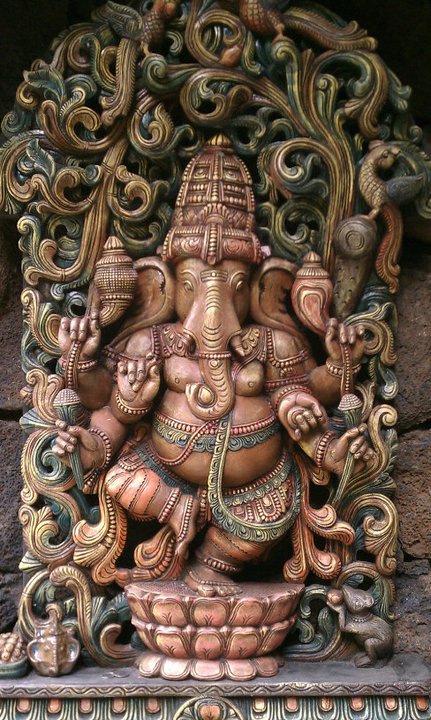Search Other Posts
Photo by Scott Moore Copyright © 2019 Scott Moore Yoga LLC
Today, I want to talk briefly about Mantra meditation. Mantra is a Sanskrit word which comes from the words Manis, meaning mind, and Tra, which is the beginning of the word to transcend. So, literally through your mind, you may transcend into deeper layers of knowing.
A mantra is simply repeating a word or phrase over and over again.
The idea is to loose yourself in the repetition of the words. I've done a lot of mantra practice and have found it very powerful. There is something magical that happens when you engage your soul in this way. Meditation is about focus. It's powerful to focusing on one word or phrase.
We all know words have power:
"In the beginning was the word."
The Bible John 1:1
"The pen is mightier than the sword."
Edward Bulwer-Lytton
"Words are flowing out like endless rain into a paper cup."
The Beatles
There are thousands of mantras. Some mantras are chanted in Sanskrit, other Tibetan, others Latin, or whatever language you normally speak.
I want to share two of my favorite mantras.
The first evokes the Hindu god Ganesh. He's the remover of obstacles, the Lord of auspicious beginnings, and is the love-child of consciousness and form.
Om Gam Ganapataye Namaha.
This loosely translates into, "“Yo! Ganesh. I honor you and invite your power into my life."
The next mantra I want to share with you is the Gayatri Mantra. It's one of the most popular and oldest mantras in the world.
oṃ bhūr bhuvaḥ svaḥ
tatsaviturvareṇyaṃ
bhargo devasyadhīmahi
dhiyo yo naḥ prachodayāt
My favorite translation of this mantra is:
Everything on the earth and the sky and in between
is arising from one effulgent source.
If my thoughts, words, and deeds reflected a complete understanding of this unity,
I would be the peace I'm seeking in this moment.
Give it a try!
Choose one of these mantras, or one of your own. It could be a simple phrase or even one word. Set your timer on Insight for 15 minutes and repeat these words over and over again, out loud, for the entire time.
If you are familiar with mala beads or prayer beads, you can hold your beads and every time you complete the chant, move your fingers to the next bead. Give it a try.
PS










